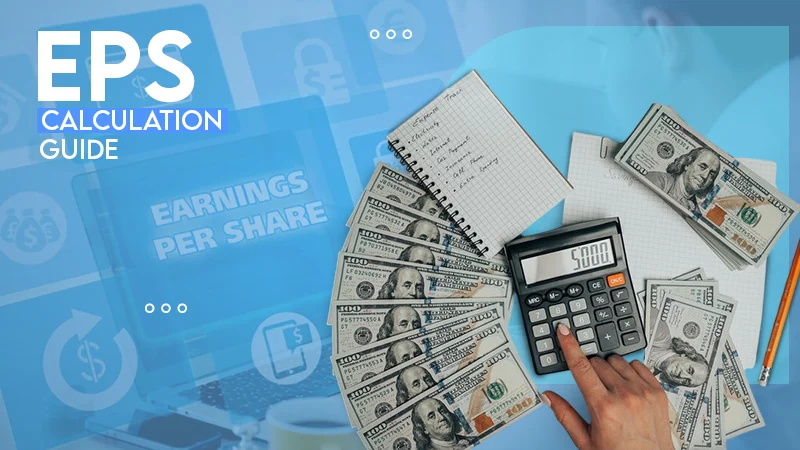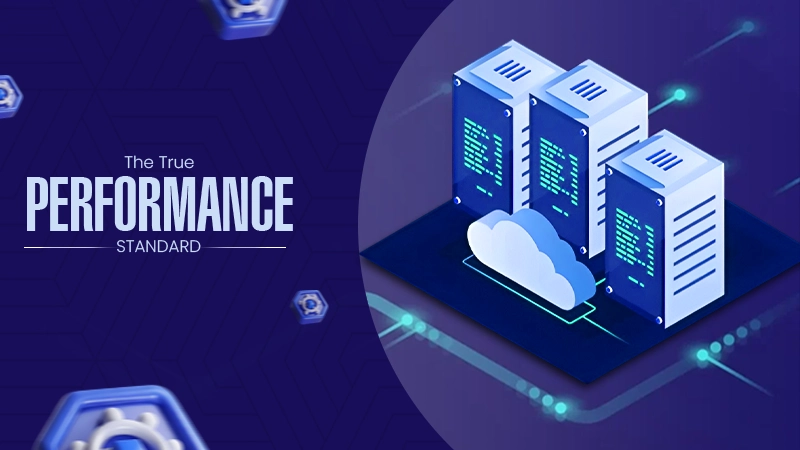Construction projects involve countless moving parts. At the heart of it all are the drawings – the blueprints that guide every step from concept to completion. But keeping track of revisions, coordinating between teams, and accessing the right information at the right time can be a real headache. That’s where construction drawing management software comes in.
These digital tools are transforming how construction professionals handle project documentation. No more rifling through stacks of paper or wondering if you have the latest version. With the right software, you can streamline workflows, boost collaboration, and keep everyone on the same page.
In this article, we’ll explore how construction drawing management software is revolutionizing the industry. We’ll look at key features to look for, tips for implementation, and the tangible benefits these solutions can bring to your projects. Whether you’re a seasoned pro or new to digital tools, you’ll find practical insights to level up your drawing management game.
The Evolution of Construction Drawing Management
Construction drawing management has come a long way. Let’s take a quick trip through time to see how we got here:
From Paper to Pixels
Not too long ago, construction drawings meant stacks of blueprints and endless filing cabinets. Making changes? Get ready for a lot of erasing and redrawing. Sharing updates? Hope you’ve got a good courier service.
The digital revolution changed everything. Computer-aided design (CAD) software allowed for easier edits and more precise drawings. But managing those files still posed challenges.
Enter the Cloud
Cloud technology was a game-changer. Suddenly, teams could access drawings from anywhere with an internet connection. Real-time collaboration became possible. Version control got a lot easier.
The Rise of Specialized Solutions
Today, we have software tailored specifically for construction drawing management. These tools go beyond simple file storage. They offer features like markup tools, approval workflows, and integration with other construction management systems.
The result? A more connected, efficient way of working that saves time and reduces errors.
Key Features of Construction Drawing Management Software
Not all construction drawing management software is created equal. Here are some must-have features to look for:
Centralized Document Storage
A single source of truth for all your project documents is crucial. Look for software that offers:
- Secure cloud storage
- Easy file organization and tagging
- Powerful search functionality
Version Control
Keeping track of revisions is essential. Your software should provide:
- Automatic version tracking
- Clear revision history
- The ability to compare different versions side-by-side
Collaboration Tools
Effective teamwork is key to project success. Seek out features like:
- Real-time commenting and markup tools
- Task assignment and tracking
- Integration with communication platforms
Mobile Access
Construction happens in the field. Make sure your software offers:
- Mobile apps for iOS and Android
- Offline access to critical documents
- Easy syncing when back online
Integration Capabilities
Your drawing management software shouldn’t exist in a vacuum. Look for solutions that play well with:
- Project management tools
- Building Information Modeling (BIM) software
- Accounting and cost tracking systems
Security and Permissions
Protecting sensitive information is paramount. Ensure your chosen software provides:
- Role-based access controls
- Data encryption
- Audit trails for document access and changes
Benefits of Implementing Construction Drawing Management Software
Adopting specialized software for managing construction drawings can yield significant advantages.
Improved Efficiency
- Faster document retrieval
- Streamlined approval processes
- Reduced time spent on administrative tasks
Enhanced Collaboration
- Real-time updates for all team members
- Easier coordination between different disciplines
- Improved communication with clients and stakeholders
Reduced Errors
- Fewer version control mishaps
- Decreased risk of working from outdated information
- Improved accuracy in takeoffs and estimates
Cost Savings
- Less time wasted searching for documents
- Reduced printing and storage costs
- Fewer costly mistakes due to miscommunication
Better Project Visibility
- Comprehensive audit trails
- Easy tracking of project progress
- Improved reporting capabilities
Choosing the Right Software for Your Needs
With so many options on the market, selecting the right construction drawing management software can feel overwhelming. Here’s a step-by-step approach to finding the best fit:
- Assess Your Current Processes: Identify pain points in your existing drawing management workflow.
- Define Your Must-Have Features: Based on your assessment, create a list of essential functionalities.
- Evaluate Integration Needs: Ensure compatibility with your existing software ecosystem.
- Set a Budget: Determine how much you’re willing to invest in this solution.
- Read Reviews and Case Studies: Learn from the experiences of other construction professionals.
- Request Demos: Get hands-on experience with your top contenders.
- Consider Scalability: Choose a solution that can grow with your business.
Remember, the goal is to find a tool that enhances your workflow, not complicates it. Take your time and choose wisely.
Implementation Best Practices
Once you’ve selected your construction drawing management software, a smooth implementation is key to realizing its benefits. Follow these best practices:
Plan Thoroughly
- Set clear goals for the implementation
- Create a detailed timeline
- Assign roles and responsibilities
Start Small
- Begin with a pilot project or team
- Gather feedback and make adjustments
- Gradually roll out to the wider organization
Provide Comprehensive Training
- Offer both group and one-on-one training sessions
- Create easily accessible documentation and tutorials
- Designate “power users” to support their colleagues
Establish Clear Processes
- Define workflows for document upload, review, and approval
- Create naming conventions and folder structures
- Set guidelines for communication within the system
Monitor and Optimize
- Regularly collect user feedback
- Track key performance indicators
- Continuously refine your processes
Remember, change can be challenging. Be patient and supportive as your team adapts to the new system.
Overcoming Common Challenges
Even with the best planning, you may encounter some hurdles when implementing construction drawing management software. Here’s how to tackle common challenges:
Resistance to Change
- Communicate the benefits clearly
- Involve team members in the selection and implementation process
- Celebrate early wins and success stories
Integration Issues
- Work closely with your IT team and software vendors
- Consider hiring a consultant for complex integrations
- Plan for adequate testing time
Data Migration
- Clean and organize your data before migration
- Use automated tools where possible
- Verify data integrity post-migration
Adoption and Engagement
- Make the software a central part of daily workflows
- Gamify the adoption process with challenges or rewards
- Regularly showcase time-saving features
Security Concerns
- Choose software with robust security features
- Provide training on best practices for data protection
- Regularly review and update access permissions
Future Trends in Construction Drawing Management
The world of construction technology is ever-evolving. Here are some trends to watch in the realm of drawing management:
Artificial Intelligence and Machine Learning
- Automated error detection in drawings
- Predictive analytics for project timelines and costs
- Smart search capabilities for faster document retrieval
Virtual and Augmented Reality
- Immersive 3D visualization of designs
- On-site overlay of digital plans onto physical spaces
- Virtual walkthroughs for stakeholders
Internet of Things (IoT) Integration
- Real-time updates from sensors on construction sites
- Automated progress tracking linked to digital plans
- Smart building systems integrated with design documents
Blockchain for Document Verification
- Immutable record of drawing revisions and approvals
- Enhanced security and transparency in document sharing
- Simplified contract management and compliance
Advanced Collaboration Tools
- Real-time co-editing of drawings
- AI-powered clash detection between different disciplines
- Seamless integration with project management platforms
As these technologies mature, they promise to make construction drawing management even more efficient and error-proof.
Conclusion
In today’s fast-paced construction industry, effective drawing management is more important than ever. The right software can transform your workflows, boost collaboration, and drive project success.
As we’ve explored, construction drawing management software offers a wide range of benefits, from improved efficiency to enhanced project visibility. By carefully selecting and implementing the right solution for your needs, you can stay ahead of the curve and deliver better results for your clients.
Remember, the key to success lies not just in the technology itself, but in how you use it. Take the time to train your team, establish clear processes, and continuously refine your approach. With dedication and the right tools, you can take your construction drawing management to the next level.
Ready to explore your options? Start by assessing your current processes and defining your must-have features. Then, dive into researching the various construction drawing management software solutions available. Your more efficient, collaborative future awaits!
- The Evolution of Construction Drawing Management
- Key Features of Construction Drawing Management Software
- Benefits of Implementing Construction Drawing Management Software
- Choosing the Right Software for Your Needs
- Implementation Best Practices
- Overcoming Common Challenges
- Future Trends in Construction Drawing Management
- Conclusion






